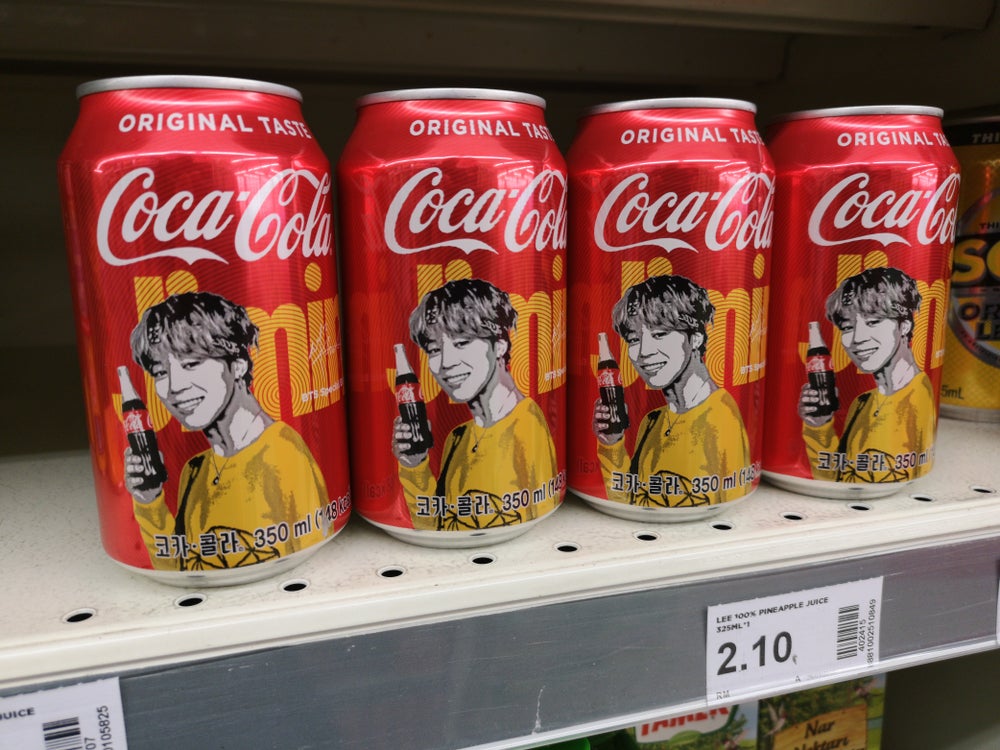Looking beyond the obvious, discovering new ways of doing things and finding new distribution channels is essential in today's fluctuating economic climate.
Make no mistake, marketers are always looking at ways to communicate messaging to customers, as well as new product and brand attributes. But we also need to consider where the next frontier is for our brands. Where has no other business, no other brand, and no other product gone before?
This doesn't necessarily mean a brand new channel or industry. It just means taking a look at the current brand distribution and where you have strong equity in key industries. The next step is to research and identify brand new channels of distribution where the product and brand can not only add value, but truly enhance the consumer experience.
"Channel innovation" is a way of identifying new ownable and sustainable channels of distribution that naturally fit within the consumer's lifestyle. Far different than simply matching demographics and household incomes, the notion is one of understanding a consumer's lifestyle choices, from buying preferences to activities.
There are only a select number of brands, products and services that fit within the everyday lifestyles of today's busy consumers. Some would call this brand equity. But what this all boils down to is that as consumers we have come to rely on a host of well-trusted products and services that consistently meet and exceed our needs.
Start to think where your company, business, brand and product attributes sit within the hierarchy of your customer's needs. Then think about how the customer interacts, and inherently, trusts your brand. Then look at where else your customer shops, visits and frequents. Now, ask yourself how can you extend your brand to reach new customers or users where they may not normally expect to see your product offering.
For example, imagine mainstream health brands and products being distributed at nationwide gyms and fitness centers. It seems simple enough, but imagine bringing well-known CPG brands to a new distribution channel that actually enhances the overall consumer engagement—it only means more value to the consumer, more value to the brands, and increased revenues that are actually sustainable.
Now, some may say that licensing and promotions can in fact deliver the same impact. That's correct, to an extent. But to be truly effective, one needs to look at a multi-dimensional brand expansion strategy. And one of the most cost-effective opportunities is to take existing product, with often the same existing packaging, and bring it to a whole new industry and distribution channel.
Another example would be to look at the sport of golf. Imagine that golfers love to eat and munch on the course between shots. Here would be a good opportunity for snack brands to create and gain distribution within the golf retail channel, perhaps Roger Dunn Golf Stores. It might be a perfect chance for well-known food and snack brands reaching the outdoor fitness and active lifestyle enthusiasts to gain distribution at retail, before golfers ever hit the links.
Yet another approach could be within the home entertainment industry, distributing DVDs at retail channels matched up against consumers' lifestyles , such as Armani Exchange and Abercrombie. The concept could also work well at lifestyle automotive brands such as Mini, Audi or Porsche. In fact, several car manufacturers are branching out and placing lifestyle stores within shopping malls to capture consumers' attention.
Companies should also consider trends when looking for new frontiers. For example, a number of companies and brands deliver goods and services to fit into a healthy lifestyle. Our company worked with Dole Packaged Foods to explore new channels for its fruit snacks portfolio and identify new distribution opportunities. After outlining areas of potential growth and sustainability, Dole is now considering test markets.
The opportunity to create new markets, tread in uncharted waters, and gain new ground is an essential and much-needed way to look at business growth in today's times. Not only is it a sound business strategy, but who knows, you might just uncover a whole new sustainable revenue stream that can become the benchmark for future business.
Gregory J. Pollack (gpollack@pbmmarketing.com) is president of PBM Marketing Solutions.



